How to Care for Your Aglaonema Plant? 2022 Guide
The Aglaonema
Because of their tolerance for wet and dry conditions, and the fact that they will thrive in low light, they are a perfect choice for less than ideal light conditions or forgetful plant owners.
Aglaonemas are often vibrant and colorful, with strikingly patterned leaves. Because they are so easy-going, Aglaonemas are perfectly suited for a modern living room or office, a subdued bedroom, or a cozy study.
Aglaonemas are exceptional air purifiers.
_________________________________________________
How to care for your Aglaonema
Use these instructions to care for an Aglaonema. This guide will tell you how to water an Aglaonema; its light, temperature, and humidity preferences; and any additional care it may need to help it grow.
By nature, Aglaonemas do best in well-lit locations, such as a windowsill with eastern light exposure. Bright, but indirect, sunlight is optimal. Be careful not to place your Aglaonema in full sun, as the leaves will burn. If you have less than optimal lighting available, don't worry! Your Aglaonema will tolerate and even thrive in low, dimly lit areas. In most cases, the artificial light found in windowless offices is sufficient for this plant.
Aglaonema prefers to stay moist during spring and summer, but make sure the soil isn't soggy, as this can cause root rot. In winter, water well, but let the soil dry out between waterings.
This plant can survive in a low humidity environment, but will thrive in higher humidity. Mist the leaves regularly to increase humidity.
They prefer temperatures between 15º and 20º. Avoid cold drafts and sudden temperature changes.
For best results, use a general homemade plant fertilizer once a month during spring and summer.
Moderately toxic to pets and humans. Ingestion will usually cause mouth and stomach irritation and possible vomiting.
A common problem with Aglaonema is called tipping, when the leaf tips dry out and turn brown. This can be caused by a variety of issues, such as overwatering, too much fertilizer, and so on. The most common cause is tap water, which contains salts, chlorine, and fluoride. If you don't have a filtration system, leaving tap water in an open container overnight before watering can help remove some of the chlorine and fluoride.

_________________________________________________
Common Problems for Your Aglaonema

It can be alarming to notice sudden, dramatic leaf and stem drooping on your plant, but don't be alarmed! This is almost always completely normal and easily fixed.
Incredibly dry soil
Make sure you don't overwater your Aglaonema. Maintain a consistent watering schedule: water when the top 2-3 inches of soil are dry.
If you accidentally let your Aglaonema's soil dry out completely, you may see the stems become limp or droopy and crispy. If the soil is extremely dry all the way through the pot, a good soaking is in order.
Here's how to soak your plant's water:
-
Place your plant in your sink or tub without the saucer. Fill the basin with about 3-4 inches of water. Make sure the water isn't too hot!
-
Let your plant absorb water through the drainage hole at the bottom of the pot for at least 45 minutes.
-
Feel the top of the soil after your plant has been soaked, has the water reached the top 2-3" of soil?
-
If not all of the soil feels saturated, water your Aglaonema lightly from the top of the soil to help speed up saturation.
-
When your plant's soil is evenly moist, drain the sink/tub and let the plant rest while it drains well. Return the plant to its saucer and place it back in its proper location.
Keep in mind that when the soil goes from bone dry to saturated, it can cause stress for your Aglaonema and may cause leaf drop. Give it some time to adjust.
There is not enough humidity
Your Aglaonema will thrive in a humid environment. Increase the humidity around your plant by regularly misting it, using a pebble tray, or placing a humidifier nearby. 
Your Aglaonema's leaves could be turning yellow for several reasons. Let's investigate and get to the bottom of it!
Humidity
The most common cause of yellowing leaves among Aglaonemas is inadequate soil moisture, particularly overwatering. Only water your Aglaonema when the top 2-3 inches of soil are dry. The soil should remain moist, but not wet. In winter, you can allow your plant to dry out a little more between waterings.
When watering, be sure to provide enough water so that the liquid flows from the drainage hole at the bottom of the pot and into the saucer. It is extremely important to discard any excess water in the saucer, as your Aglaonema will not respond well to "wet feet," which causes root rot and eventual death.
Providing adequate and consistent soil moisture is important when caring for an Aglaonema. Alternating between dry and wet soil due to untimely watering can create stress and cause the Aglaonema to die.
Its humidity level
Low humidity and dry soil cause the leaves to brown at the edges, followed later by a yellowing color throughout. Misting your Aglaonema's leaves frequently will increase humidity.
Inadequate light
Generally, Aglaonemas will thrive when placed in bright, indirect sunlight. When exposed to direct sunlight for too long, the foliage will scorch. Aglaonemas can adapt to very low-light areas, so don't be afraid to place it in a dark corner—that might be just what it's craving.
Pests
Weakened or stressed aglaonemas become more susceptible to insect infestations. Sap-sucking insects like spider mites can drain your plant of moisture. This problem quickly manifests itself as yellowing of leaves and fronds. Scale, mealy bugs, and spider mites are common indoor pests. If not killed early, these tiny pests proliferate and move along the frond parts in crevices. The insects' piercing mouthparts exhaust your plant and accelerate yellowing, especially if your aglaonema is already unhealthy due to poor lighting, a nutrient deficiency, or inadequate soil moisture.




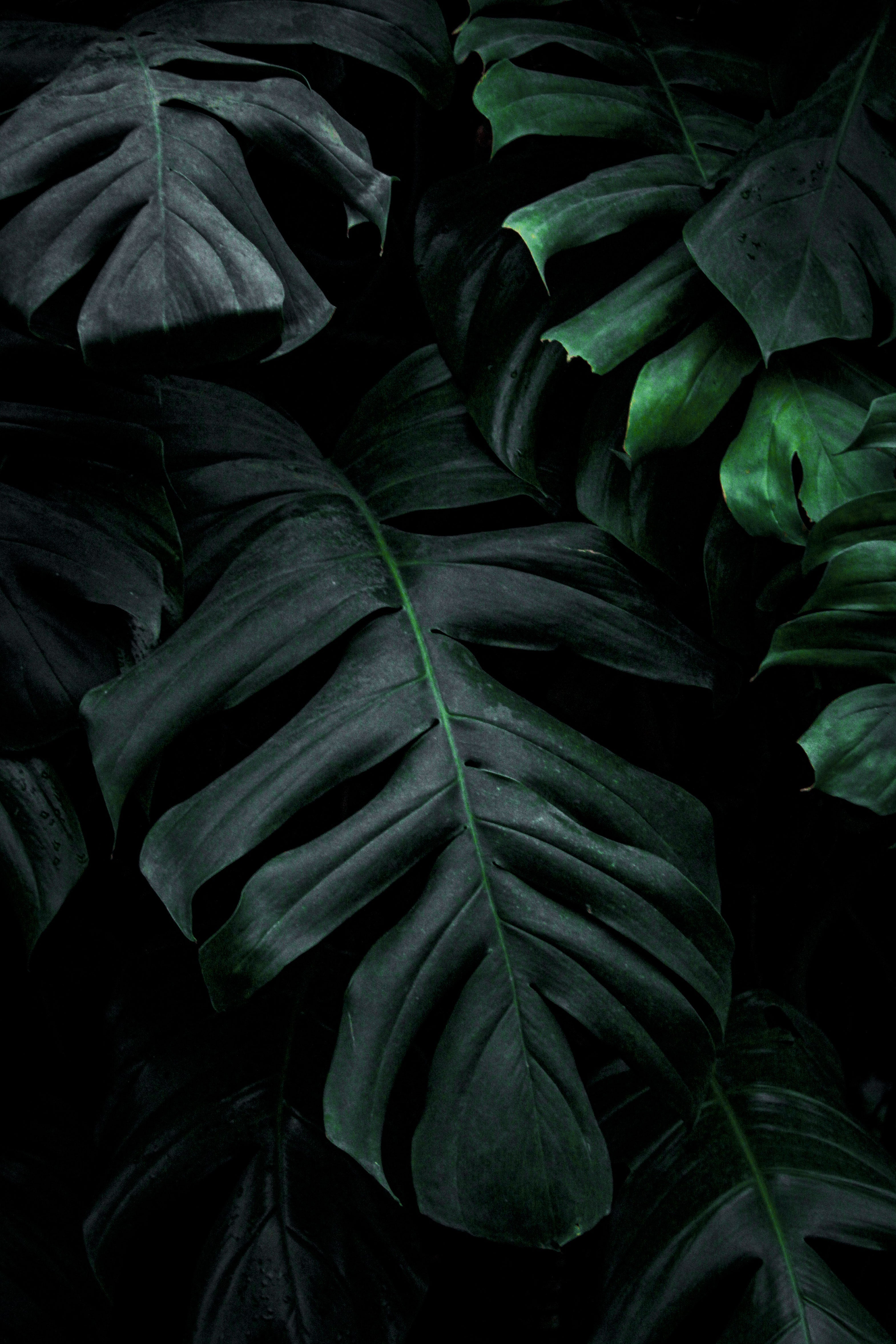
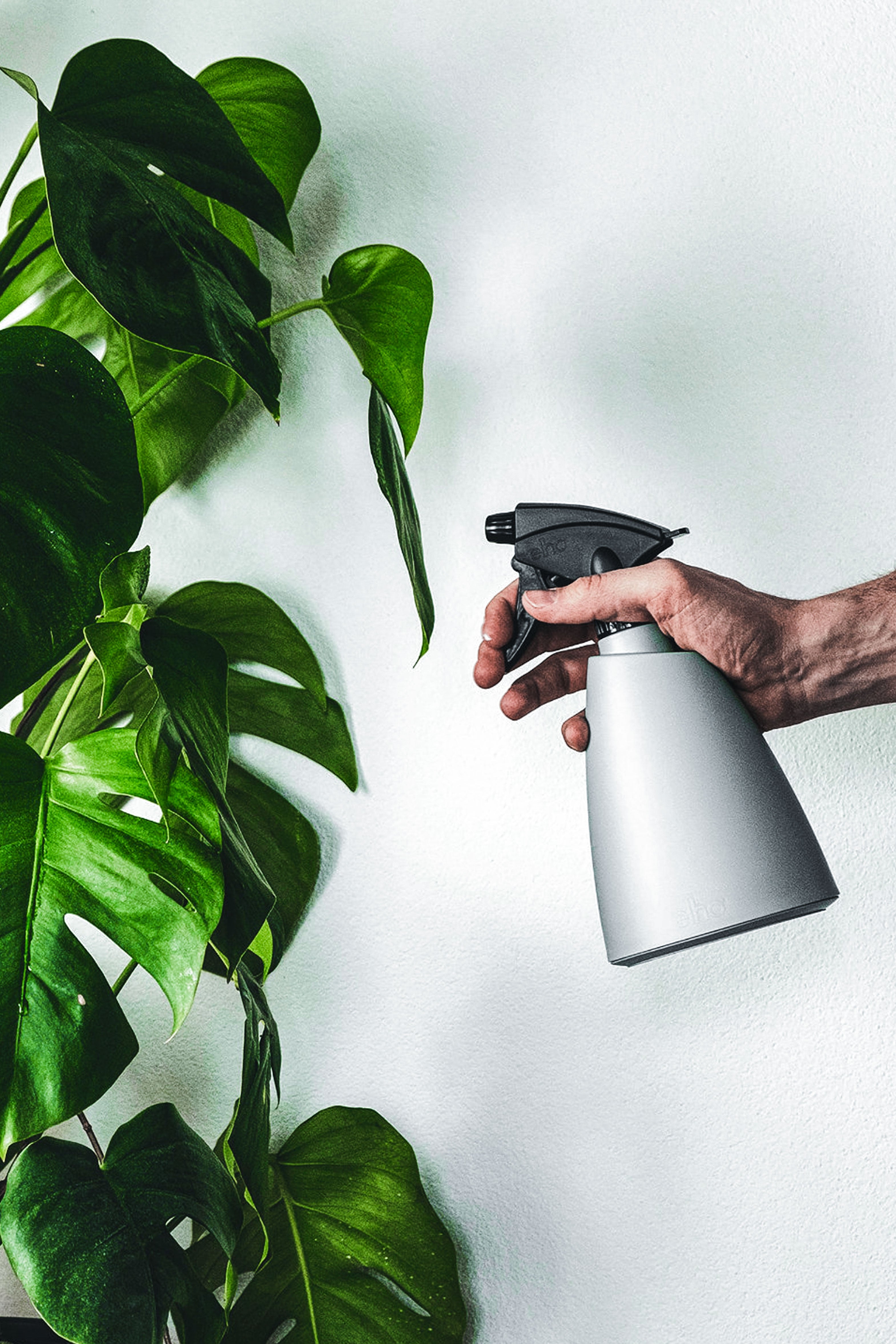
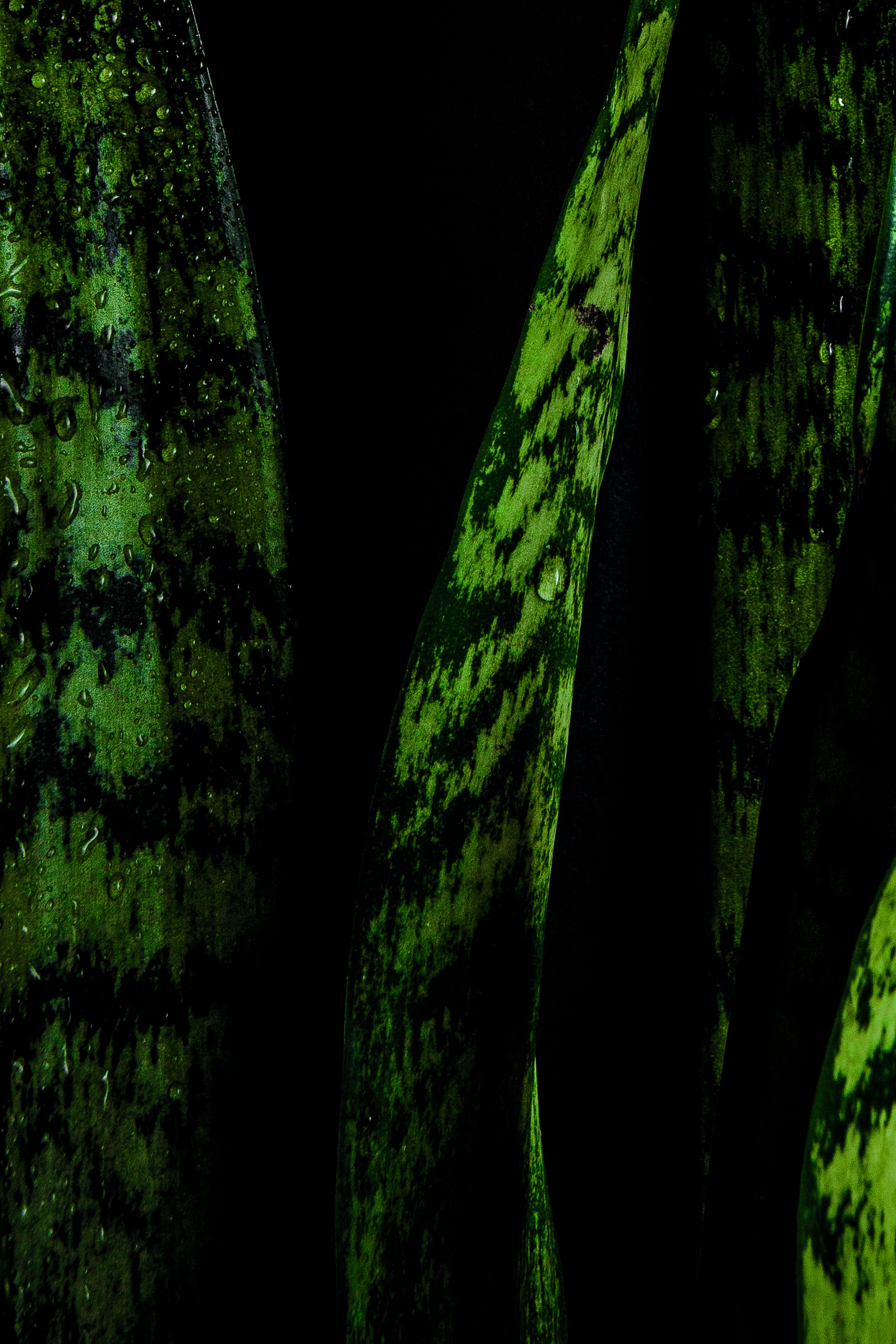
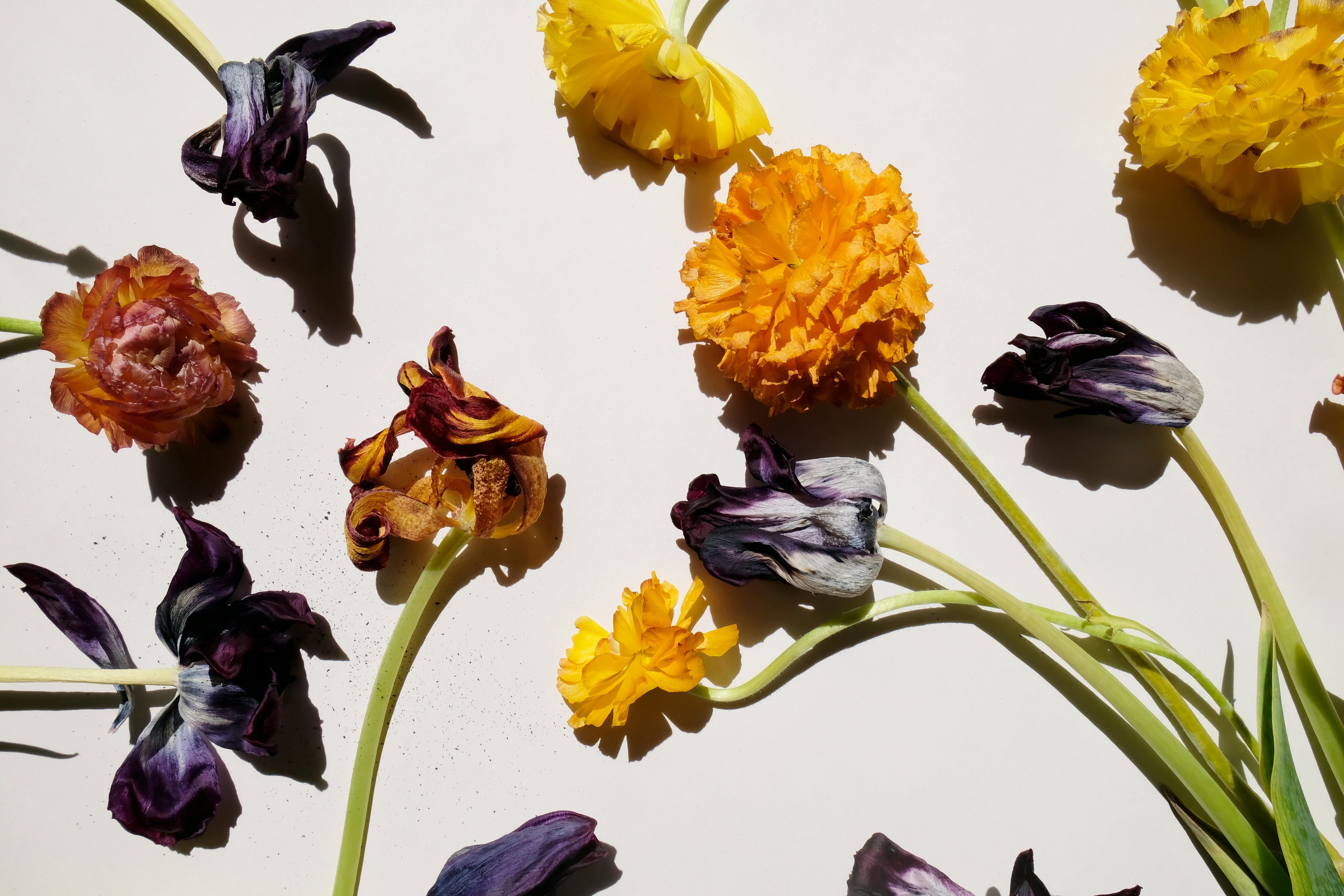
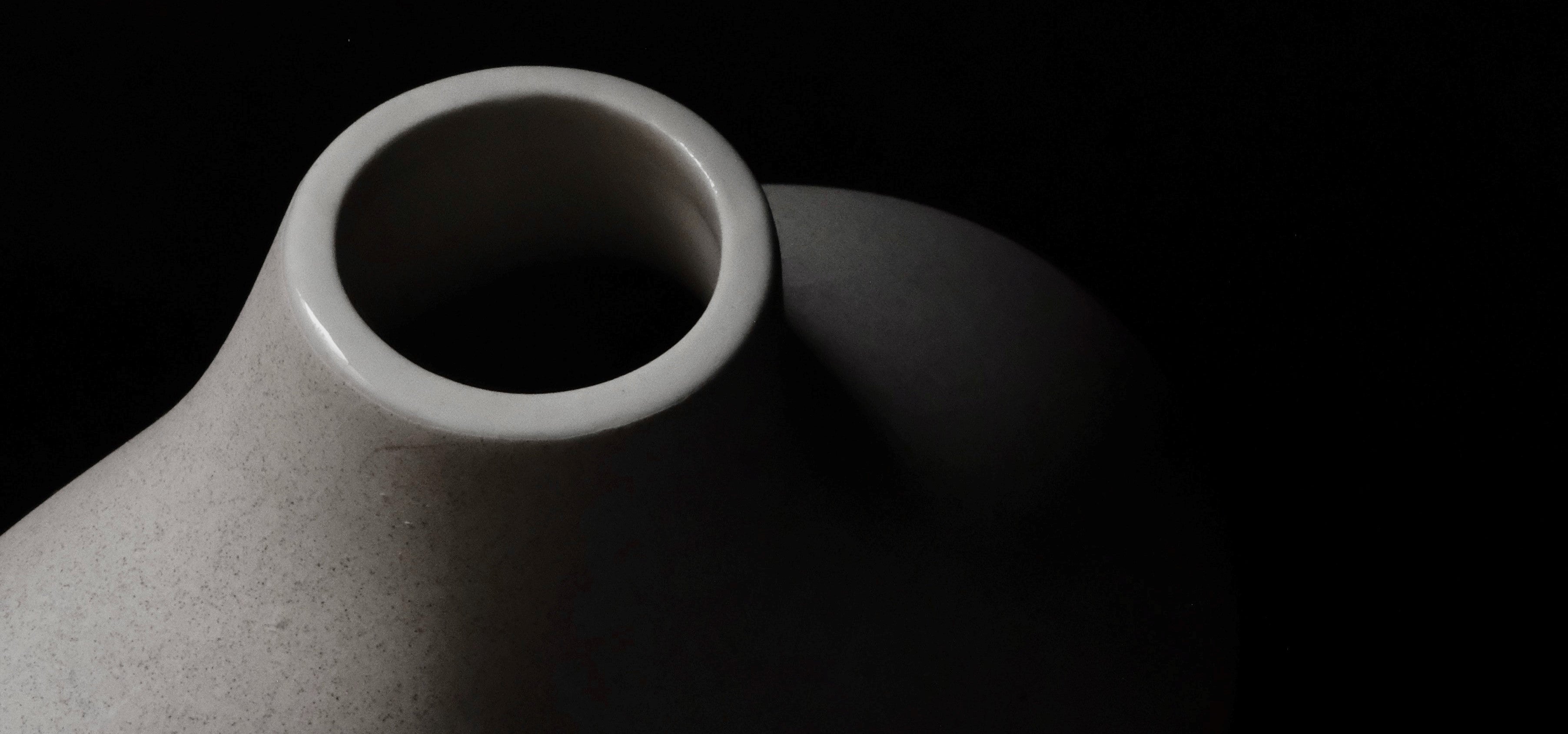
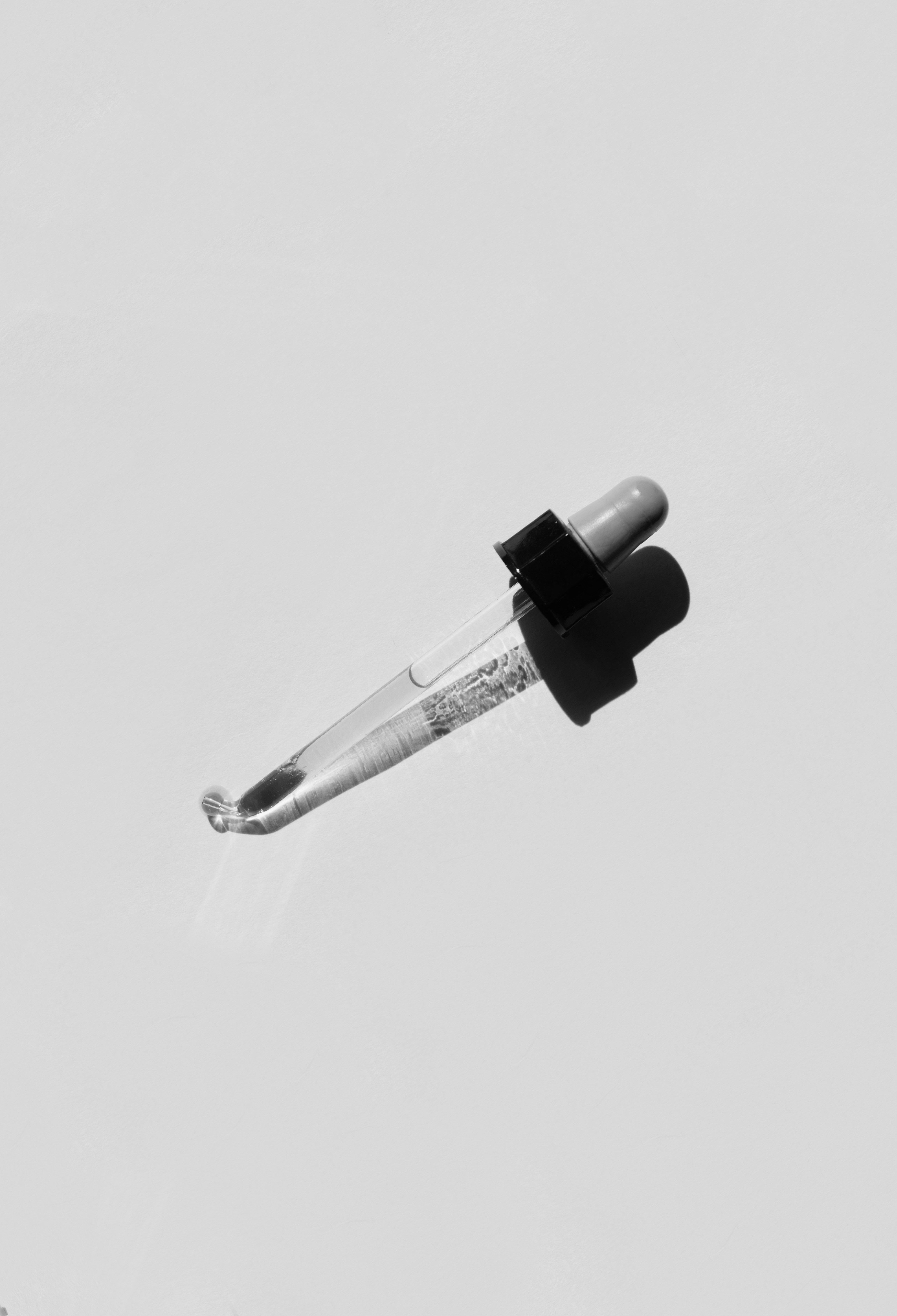
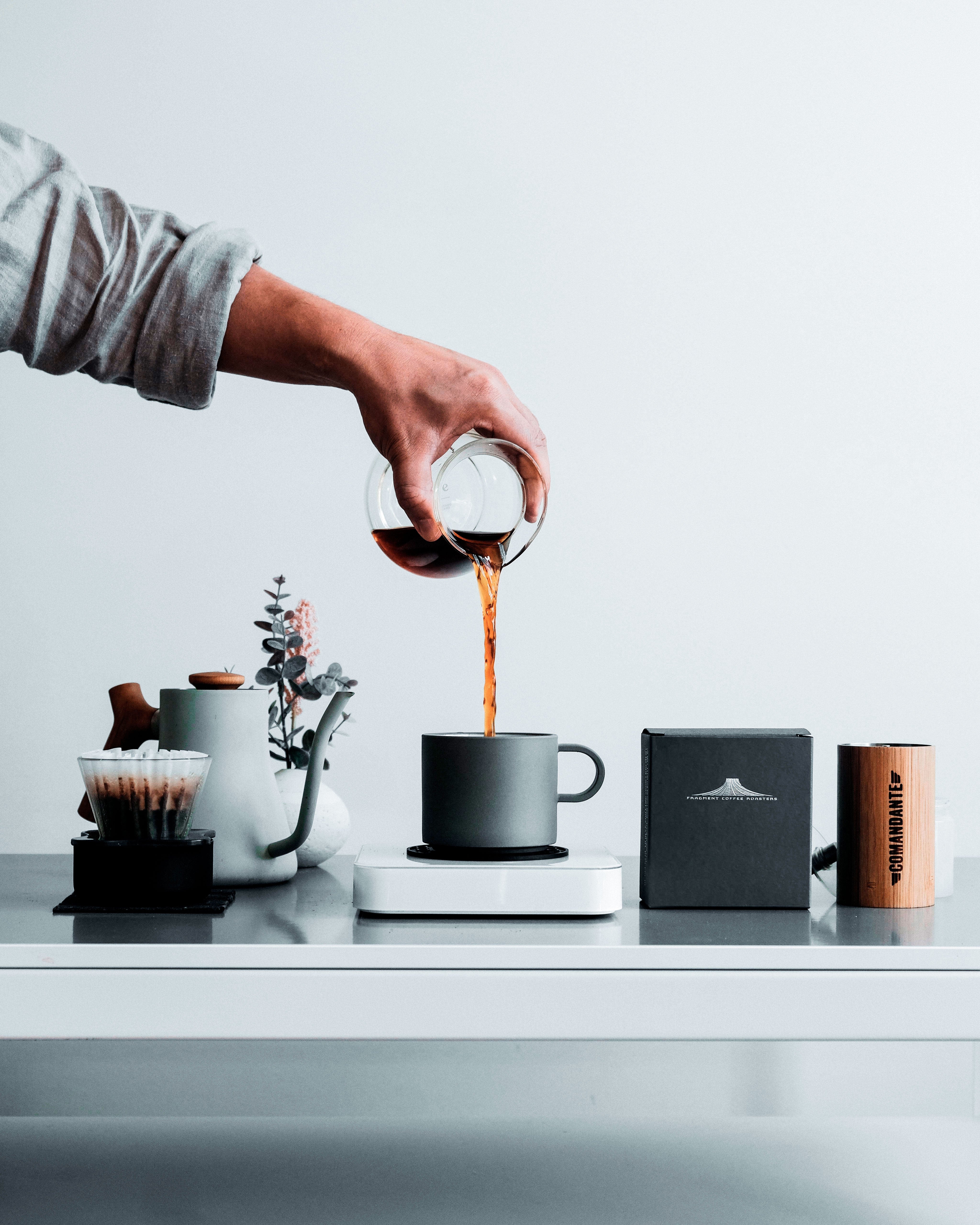
Leave a comment